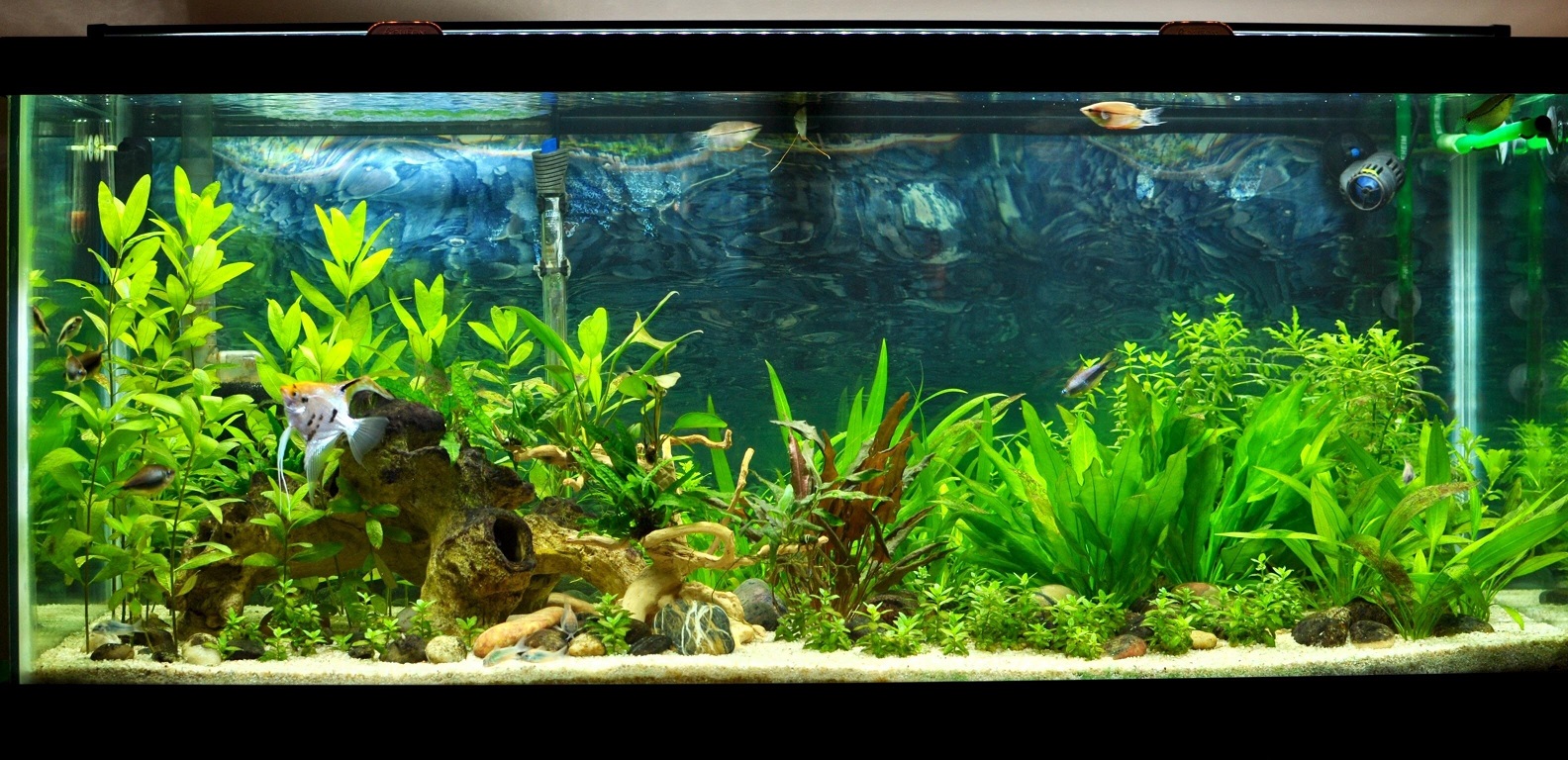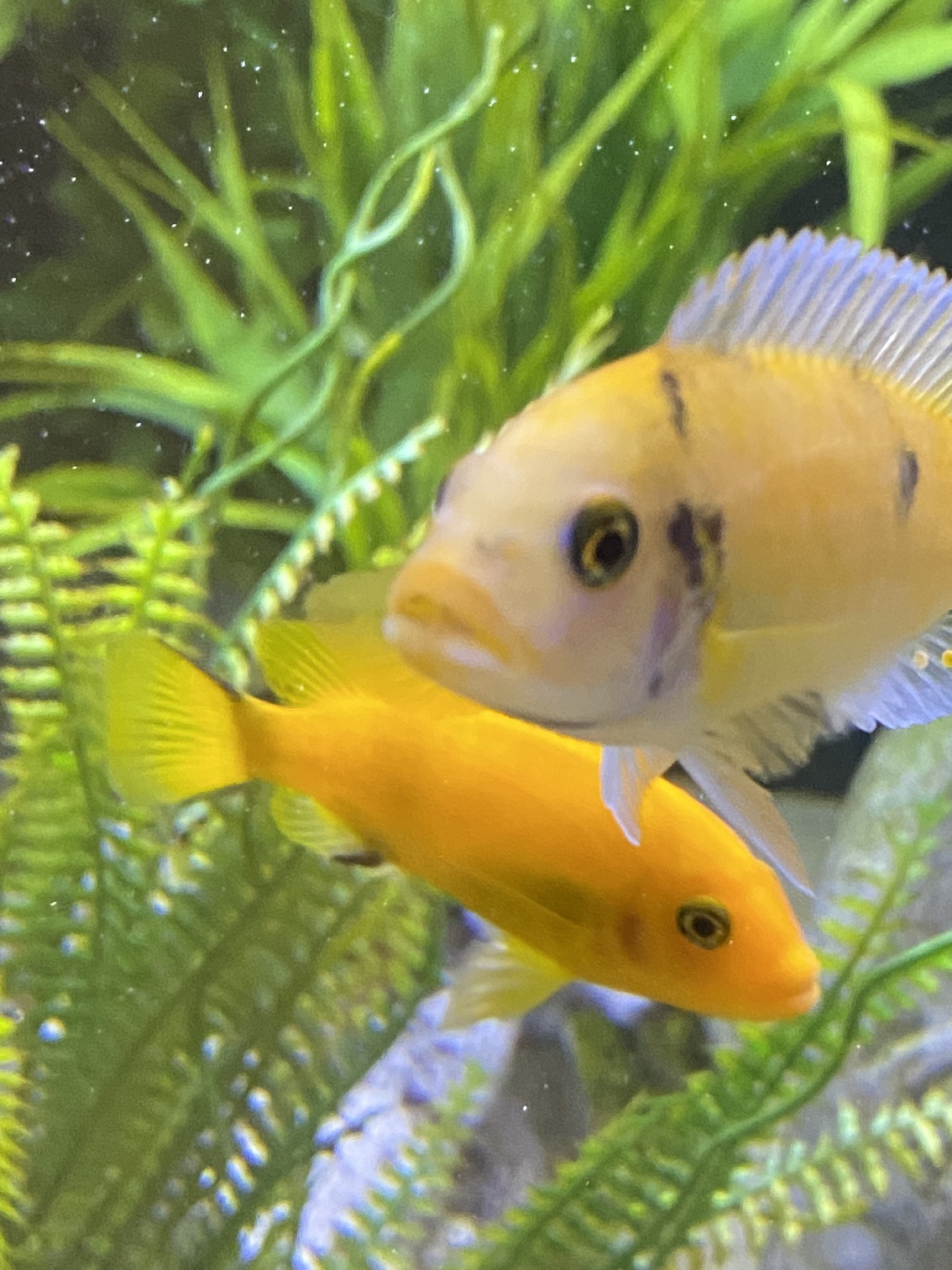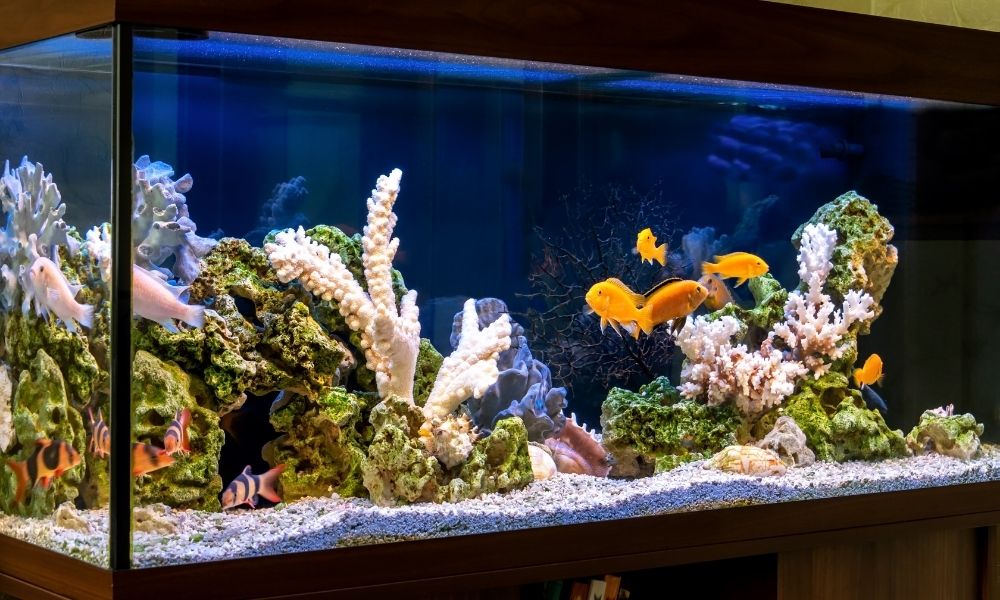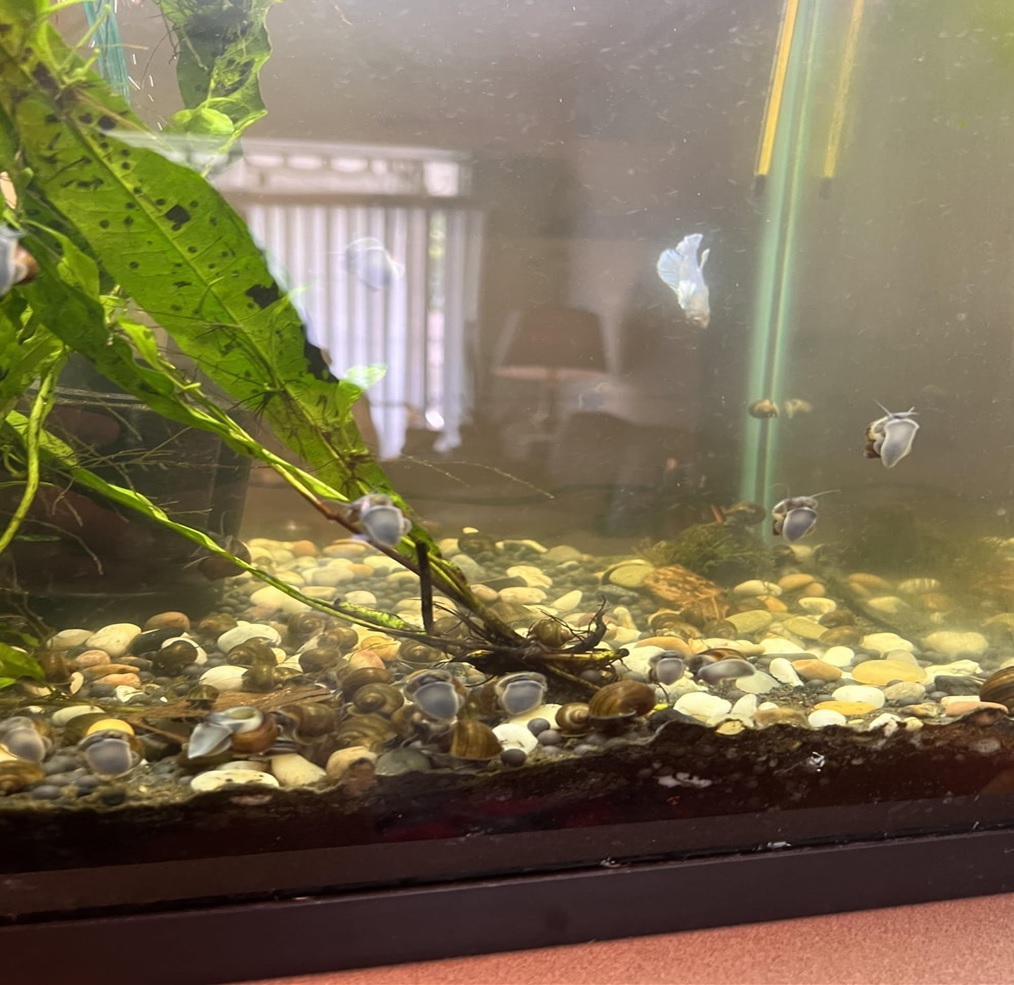It’s as easy as A B C … Aquarium Basic Concepts …
The Fin Fax section geared toward the beginner and non-expert hobbyist
Article #36 in the ABC Series
by Ed Keene (DCAS)
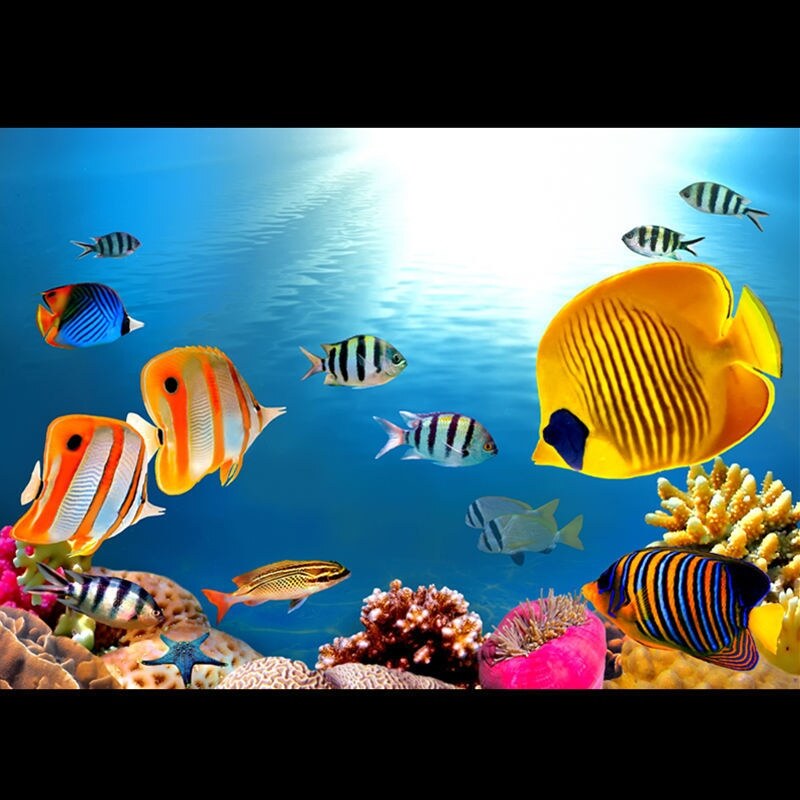 Sudden changes in water conditions can also be stressful. Within limits, most fish can adjust to suboptimal water conditions, for example, the wrong temperature or the wrong pH level. However, all fish have difficulty adjusting to a sudden change in water conditions. If you were to suddenly raise or lower the temperature in the pond, or suddenly change the pH level, or suddenly change the water hardness, etc., the fish will become greatly stressed. By maintaining fairly consistent water conditions, your fish will not become stressed.
Sudden changes in water conditions can also be stressful. Within limits, most fish can adjust to suboptimal water conditions, for example, the wrong temperature or the wrong pH level. However, all fish have difficulty adjusting to a sudden change in water conditions. If you were to suddenly raise or lower the temperature in the pond, or suddenly change the pH level, or suddenly change the water hardness, etc., the fish will become greatly stressed. By maintaining fairly consistent water conditions, your fish will not become stressed.
Three nitrogen compounds, ammonia, nitrite and nitrate, have varying degrees of toxicity and can be stressful at all levels. Ammonia can be toxic in low concentrations and severely stress fish under any concentration. Consequently, a healthy aquarium must have an adequate biological filter that quickly converts ammonia to nitrite and then to nitrate. Nitrate also will stress fish, although significantly less toxic than ammonia or nitrite. Finding a method of removing excess nitrate will help to keep your fish healthy. The most common way to remove the excess nitrate is by making regular water exchanges, not more than 20% per week.
Fish need oxygen, and some fish are more tolerant of lower oxygen level water than others. Water with an inadequate oxygen supply stresses fish. One important thing to remember is that as the water temperature goes up, the amount of dissolved oxygen in water goes down.
Poor nutrition also causes stress. A healthy diet is a varied diet, and one should avoid using old foods in which vitamins and other nutrients have broken down. Old food includes food that has been stored in hot places, been exposed to the air, etc.
The custom of adding medications can often lead to conditions worse than that of the original reason for medicating. Medications that kill bacteria, parasites, etc., are usually not too discriminating in that they may also kill your nitrifying bacteria or become toxic to the fish themselves. Some species of fish do not tolerate certain types of medicines at all. Adding such medications may weaken healthy fish to the point that they become susceptible to the original disease. Keep in mind, that if you kill your nitrifying bacteria, you will have a major problem on your hands.
Adding untreated water may introduce chlorine or chloramine, both of which are toxic to fish. Be sure to treat all water prior to adding it to your aquarium.
As you can very well see, there are many factors which lead to fish stress. By totally eliminating, or at least minimizing to the best of your ability, all sources of stress, you will greatly increase the probability of keeping your fish healthy. The exact amount of stress an individual fish can withstand depends greatly on what type it is, its age, its size, etc. Keep in mind that a stressed fish is a weakened fish. Although it may appear healthy to the casual observer, it will be more susceptible to disease, injury, etc. In contrast, healthy and unstressed fish will be able to ward off disease and infection on their own. The appearance of disease is usually brought about by poor water conditions that leave fish with weakened immune systems.
How Do I Know My Fish Is Stressed?
In short, stressed fish simply don’t act normal. In this case, normal means according to the usual mannerisms of the particular species of fish. Once you have had fish for a little while, you will notice that each species behaves in its own distinctive way. Some fish tend to always stay near the top of the water, such as Zebras and Danios, while others near the bottom, like catfish, others in the middle such as neon tetras, and yet others will be all over the tank. Some fish swim continuously, others stay in one place. Deviation from their norm usually indicates stress.
Common signs indicative of a stressed fish includes, but are not limited to:
- Fish staying near the surface gasping for air, indicating that it has trouble getting enough oxygen. Bear in mind that the concentration of dissolved oxygen is highest near the water’s surface. Possible causes include low oxygen concentration due to poor water circulation, toxins that have damaged its gills, high ammonia or nitrite levels, etc.
- Fish won’t eat, or doesn’t eat as aggressively as in past.
- Fish stays hidden continuously and won’t come out where it can be seen. Possible causes: the fish is being picked on by another, there is insufficient cover or hiding places to make fish feel “safe” while swimming about, e.g. plants, wood, etc.
- Fish has nicked fins or open flesh wounds that don’t seem to heal. Possible cause: fish is the target of night visitors. Normally, minor nicks and cuts heal quickly. If they don’t, stress levels may be suppressing the fish’s immune system.
- Fish has a disease of some type, e.g. parasites, fungus, etc. Of course, the disease itself is a major problem. But in most cases, a healthy fish’s immune system keeps it from getting sick or catching the disease in the first place. Getting sick or catching a disease is a very good sign that the fish is stressed.
In Conclusion
Many hobbyists know about stress, its causes, and how to prevent it. On the other hand, quite a few hobbyists fail to think about all the possible causes and in their haste, will inadvertently forget one or two. I trust I have opened your thought process to additional possibilities and maybe, even mentioned one that had previously slipped from your mind. And finally, to the beginners of the hobby, I trust I have not stressed you out with all this additional information. Fish stress is indeed a very important item you need to take into consideration, and is one which should not be ignored.
Fish Stress – Cause and Prevention Part 1 of 2

